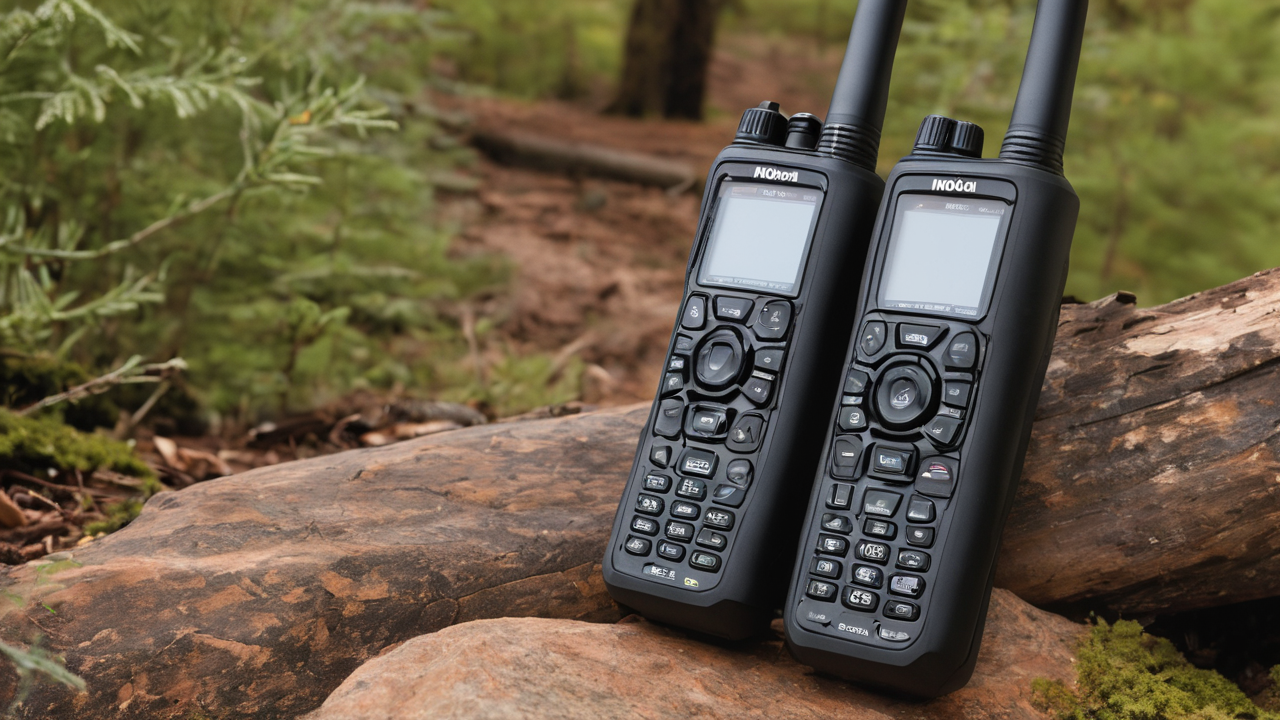The Evolution of Long-Range Walkie-Talkies in the United States
Tracing the History of Walkie-Talkies
Walkie-talkies have come a long way since their inception. They first appeared during World War II. The military used them for field communication. After the war, they became popular for civilian use.

In the 1950s and 60s, walkie-talkies were bulky and had limited range. They were mainly used by businesses and hobbyists. As technology improved, so did these devices. They became smaller, more powerful, and more reliable.
By the 1980s, walkie-talkies were common in many industries. Construction, security, and event management all relied on them. The public also started using them for recreation and emergency preparedness.
Technological Advancements in Long-Range Communication Devices
Recent years have seen major leaps in walkie-talkie technology. Digital signal processing has improved audio quality. New frequencies allow for longer range and less interference.
One big advancement is the integration of GPS. This lets users track each other's locations. It's a crucial feature for search and rescue operations.
Another key development is the use of repeater networks. These extend the range of walkie-talkies far beyond their original limits. Some models can now communicate over 100 miles in ideal conditions.
Bluetooth connectivity is another modern feature. It allows walkie-talkies to pair with smartphones. This opens up new possibilities for app integration and data sharing.
Key Features to Look for in Long-Range Walkie-Talkies
Durability and Build Quality
When choosing a long-range walkie-talkie, durability is crucial. These devices often face harsh conditions. They need to withstand drops, water, dust, and extreme temperatures.

Look for models with high IP (Ingress Protection) ratings. An IP67 or IP68 rating means the device is fully dust-proof and can survive water immersion.
Rugged construction is also important. Many top models use tough plastics or even metal casings. Rubber armor can provide extra protection against impacts.
Check for military-grade certifications like MIL-STD-810. These ensure the device has passed rigorous durability tests.
Remember, a durable walkie-talkie may cost more upfront. But it will save money in the long run by lasting longer and performing better.
Battery Life and Power Efficiency
Battery life is a critical factor for long-range communication. The best walkie-talkies offer extended use on a single charge.
Look for devices with lithium-ion batteries. These provide longer life and faster charging than older battery types.
Some models offer dual power options. They can use rechargeable packs or standard AA batteries. This flexibility is useful in remote areas.
Power-saving features are also important. These may include adjustable transmission power and auto-shutdown timers.
Consider the standby time as well as talk time. A good walkie-talkie should last several days on standby.
Software and Ease of Use
User-friendly software can make a big difference in walkie-talkie operation. Look for devices with clear, intuitive menus and controls.
Some advanced models offer customizable channels and privacy codes. These help prevent interference in crowded areas.
Voice activation (VOX) is a handy feature for hands-free use. It starts transmission automatically when you speak.
Weather alert functions are common in high-end models. These can provide vital warnings in outdoor situations.
Consider walkie-talkies that offer firmware updates. This allows for future improvements and new features.
Top Long-Range Walkie-Talkies on the Market
Leading Brands and Their Flagship Models
Several brands dominate the long-range walkie-talkie market. Motorola is a long-standing leader in this field. Their T800 model boasts a range of up to 35 miles and Bluetooth connectivity.

Midland is another top brand. Their GXT1000VP4 model claims a 36-mile range and includes NOAA weather alerts.
Cobra Electronics offers the CXT1045R-FLT. It features a 37-mile range and a built-in flashlight for emergencies.
Uniden's SX507-2CKHS is known for its clear sound quality. It has a range of up to 50 miles in ideal conditions.
These flagship models represent the best in current walkie-talkie technology. They offer a mix of long range, durability, and advanced features.
Price vs. Performance: A Cost-Benefit Analysis
When it comes to long-range walkie-talkies, price often reflects performance. However, the most expensive option isn't always the best choice for everyone.
Entry-level models can cost around $50-$100 for a pair. These offer basic functionality and shorter range. They're suitable for casual use or as backup devices.
Mid-range options fall in the $100-$200 bracket. These provide better range and more features. They're good for serious outdoor enthusiasts and small businesses.
High-end models can cost $200-$500 or more. These offer the longest range and most advanced features. They're ideal for professional use or extreme conditions.
Consider your specific needs when choosing. A pricier model may be worth it if you need reliable long-range communication.
Customer Testimonials and Expert Reviews
Customer feedback is valuable when choosing a walkie-talkie. Many users praise the Motorola T800 for its reliable performance and app integration.
The Midland GXT1000VP4 gets high marks for its weather alert feature. Users appreciate its clear audio even in noisy environments.
Experts often recommend the Cobra CXT1045R-FLT for its balance of features and price. Its rugged design is a hit with outdoor enthusiasts.
The Uniden SX507-2CKHS is frequently cited for its exceptional range. However, some users note it's more complex to operate than simpler models.
Remember, real-world performance can vary based on terrain and conditions. It's wise to read multiple reviews and consider your specific use case.


